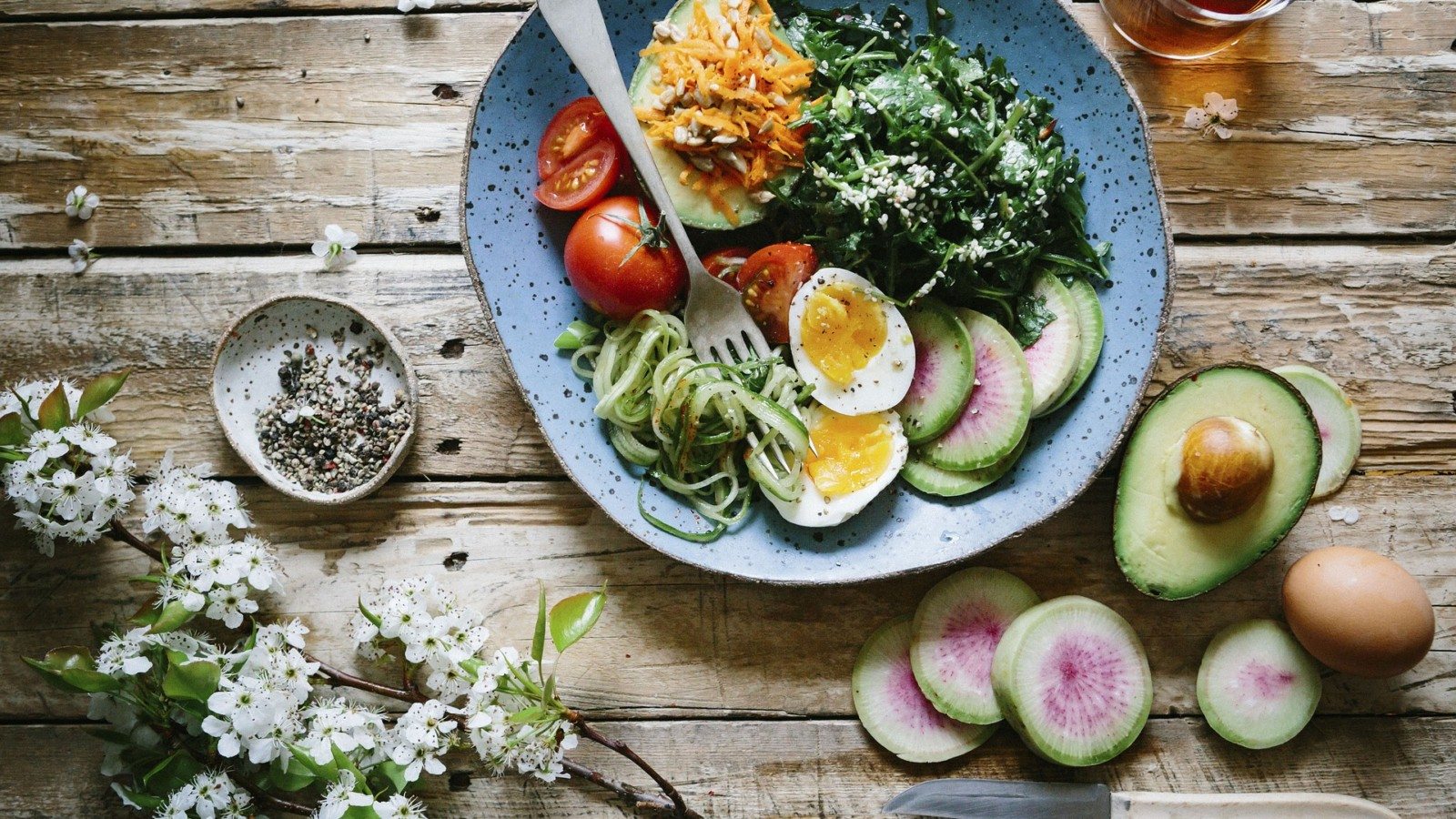With the increasing popularity of ketogenic diets, we also have a wide range of misconceptions about the diet among people. While this diet may promise big results it is necessary to discuss the misconceptions and get your concepts clear. These are some common mistakes that people do and how they can be combated.

1. Too much protein:
A correct keto diet involves the proper balance of fat, protein and carbs. Many people start consuming too many proteins as this is supposed to help build muscles. This is actually not a ketogenic diet but an Atkins diet which is for a completely different set of health benefits. This type of diet can actually work against ketosis and may not be right for some people like for example if you have diabetes. You can easily track your intake of macronutrients by using an app on your smartphone to have a clear idea on what you’re working towards.
2. Quality foods:
The criteria for fulfilling a keto diet is quite straightforward. This means you can find a lot of food varieties that can fit into these criteria, and this also includes processed foods. This may fit into the diet but is not very healthy. Look for healthier sources of protein, fats and limitedly processed dairy as much as possible. Also, many people drop vegetables from their diets and replace it with butter, meat, cheese, and such healthy fats. The problem with this is that most of the vitamins and minerals that your body needs comes from the vegetables. Therefore, it is important to consume quality foods.
3. Electrolytes and Water:
Along with the ratio of macronutrients, your body also needs magnesium and potassium. These are very essential in burning fat and losing weight. You need to include magnesium containing foods such as almonds, spinach, avocado etc in your diet. In addition, your body while on ketosis also needs a fresh supply of water every day. Starch food causes water retention and without that, you may be required to drink even more water.
4. Consuming wrong vegetables:
Veggies may be very healthy for you but at times, they have very high carb content. Then it becomes very hard to fit it into your low carb diet. So yams, corn, peas, carrots etc are out of bounds. You will have to choose the right vegetables to fit in your diet as well as give you the necessary nutrients as well. Brussel sprouts, leafy greens, bell peppers, and asparagus are good options. Choosing the wrong vegetables can counter all your efforts on your keto diet. Try getting in touch with a nutritionist to help you plan your meal.
5. Fibre intake:
While focusing on your intake of fats, proteins and carbs, we often forget to keep in mind that our body also needs fibre. Eating a ketogenic diet, you need to take special care to consume adequate fibre. In order to do this, you need to consume adequate vegetables. To our benefits, there are many foods that are low in the carb as well as rich in fibre. Examples of such foods are nuts, seeds, avocados etc. this helps you avoid constipation which is a common side effect while on a keto diet.